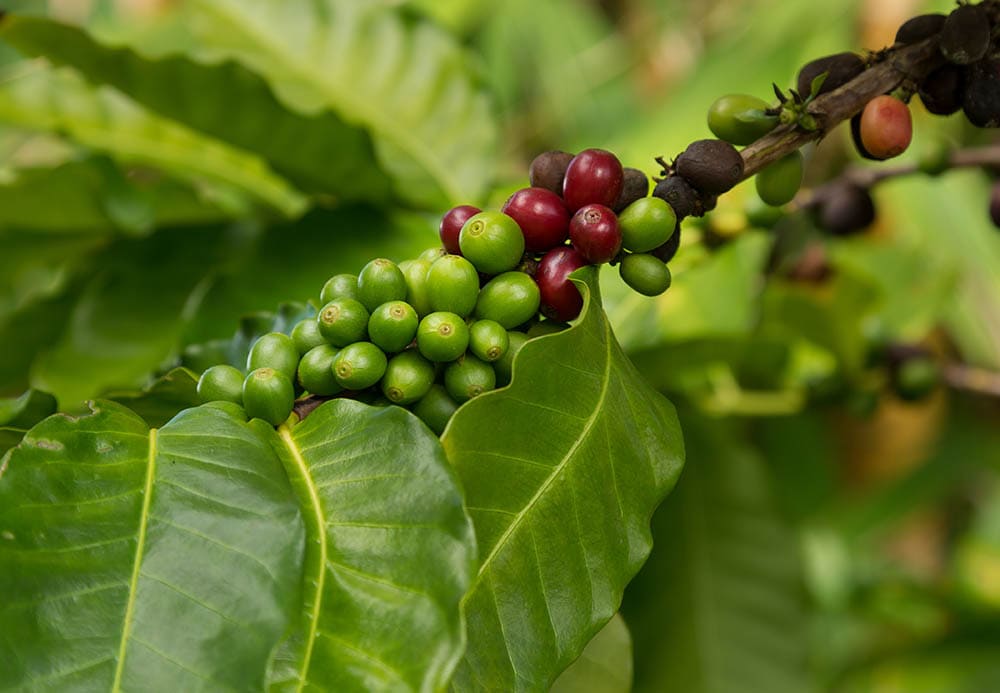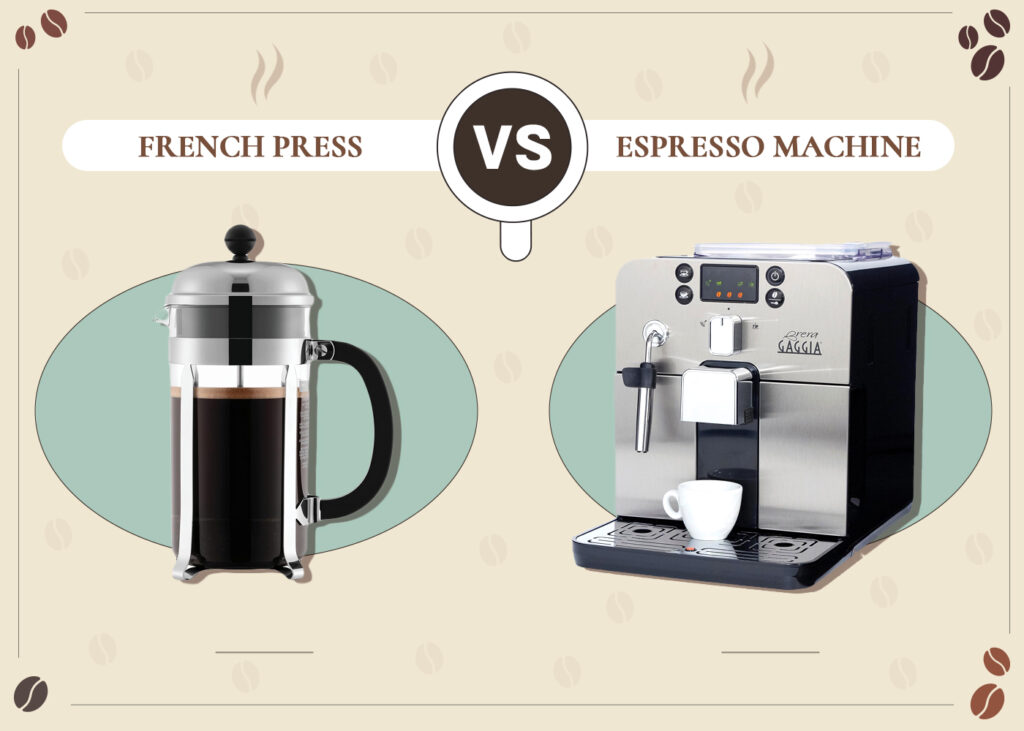
French press coffee and espresso are two forms of coffee that are both delicious and fairly easy to prepare, but they differ wildly in taste, caffeine content, and adaptability to different mixed coffee drinks. Below, we’re outlining the details, pros, and cons of both coffee preparation methods so you can choose which suits your taste and needs each morning. Grab a cup of coffee — or a shot of espresso — and let’s dive in!

French Press Overview
The French press is an immersion brewing method, which means you fully immerse coffee grounds in boiling or near-boiling water for the desired amount of time. Once the coffee is fully brewed, you use the attached plunger, which has a fine mesh on the bottom, to push all of the coffee grounds to the bottom, separating the brewed coffee from the grounds. The brewed coffee is then poured out into your cup, and the grounds are disposed of.
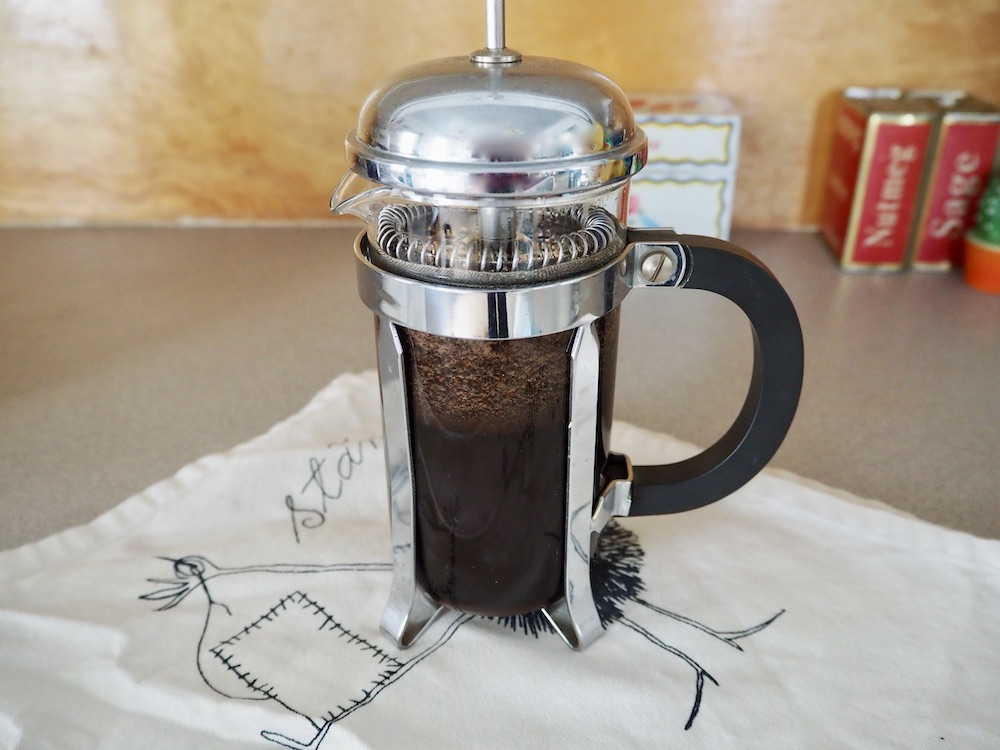
When is French Press the Best Option?
The French press is a great alternative to drip coffee machines, pour-over coffee, and instant coffee. When making French press coffee, you’ll end up with a strong, bold, black drink, so it’s a good method if you’re looking for a regular cup of coffee and not a mixed coffee drink like espresso machines can make. The entire process takes about 10 minutes, which is longer than pulling a shot of espresso.
If you’re looking to make larger quantities of coffee, a French press will excel over an espresso machine. A French press can make several cups of coffee at once, so they’re perfect for when you have company or want multiple cups of coffee.
A French press is extremely cheap when compared to an espresso machine. They are also very easy to clean and require no maintenance at all, aside from regular cleaning.
Because a French press can only make regular coffee, you will be limited to just one type of drink. You can certainly customize it with milk, sugar, and flavor syrups, but you’ll only be able to brew regular coffee with this method.
- Can make large quantities
- Very cheap
- Easy to clean
- No maintenance required
- Longer brewing process
- Only makes one type of coffee drink

Espresso Overview
Espresso machines work by forcing hot water through a compact puck of very finely ground coffee. There are machines that allow you to control brew time, others that measure the amount of water used to brew, and super-automatic machines that can grind your beans, automate the entire brew, and even steam your milk for you! Espresso is the key ingredient for most mixed coffee drinks like lattes and cappuccinos, so espresso machines — automated or not — will allow you to make countless different drinks, especially if they include an option for steaming milk.
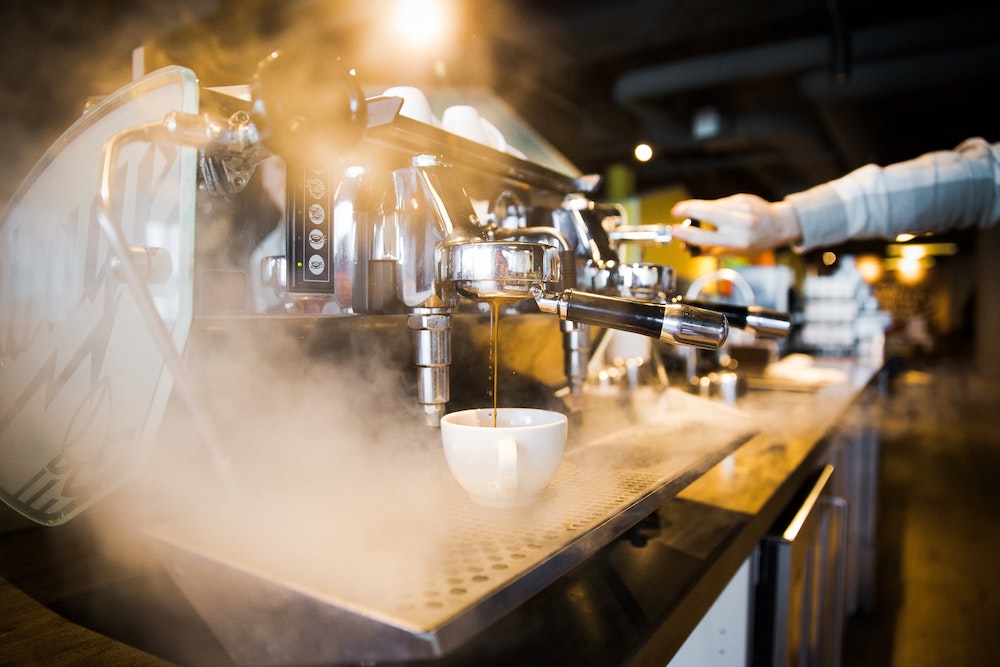
When is Espresso the Best Option?
Espresso is delicious on its own, and it’s highly caffeinated, which means it’s perfect for making different coffee drinks with steamed, frothed, or regular milk or cream. Espresso is often very bold and flavorful, so it’s also good if you like strong coffee. The time involved in pulling a shot of espresso will vary based on what machine you have. But including the time it takes to heat up, it will only take a minute or two. The shot itself takes about 30 seconds, so this brewing method is much faster than that of the French press.
Espresso machines usually only make one or two shots of espresso at a time — just enough for one coffee drink. This means that making multiple drinks for family or friends can be a bit tedious and time-consuming.
Espresso machines are far more expensive than a French press, and for a good machine you can find yourself spending hundreds or even thousands depending on how automated and consistent you want your brew to be. These machines also have more parts and things that can go wrong, so they’ll need more maintenance and cleaning than a French press.
The major upside to espresso machines, and especially those that include an option for steaming milk, is that they can be used to make just about any coffee drink you want. Cafe au laits, cappuccinos, lattes, macchiatos…the list goes on and on!
- Rapid brewing process
- Makes multiple coffee drinks
- Only makes one drink at a time
- More expensive
- Requires more maintenance/cleaning

Which Beverage Do You Want?
The first thing to consider when choosing to make French press coffee or espresso is which one you want! A French press can make large quantities of regular coffee, while an espresso machine can make smaller shots of espresso to be enjoyed on their own or in a mixed coffee drink.
If you’re looking for large quantities, the French press is probably the way to go. If you’re in the mood for a nice latte or cafe au lait, an espresso machine will be your best bet.
Your personal taste and how much coffee you want to make will be the first thing to dictate which method you choose.
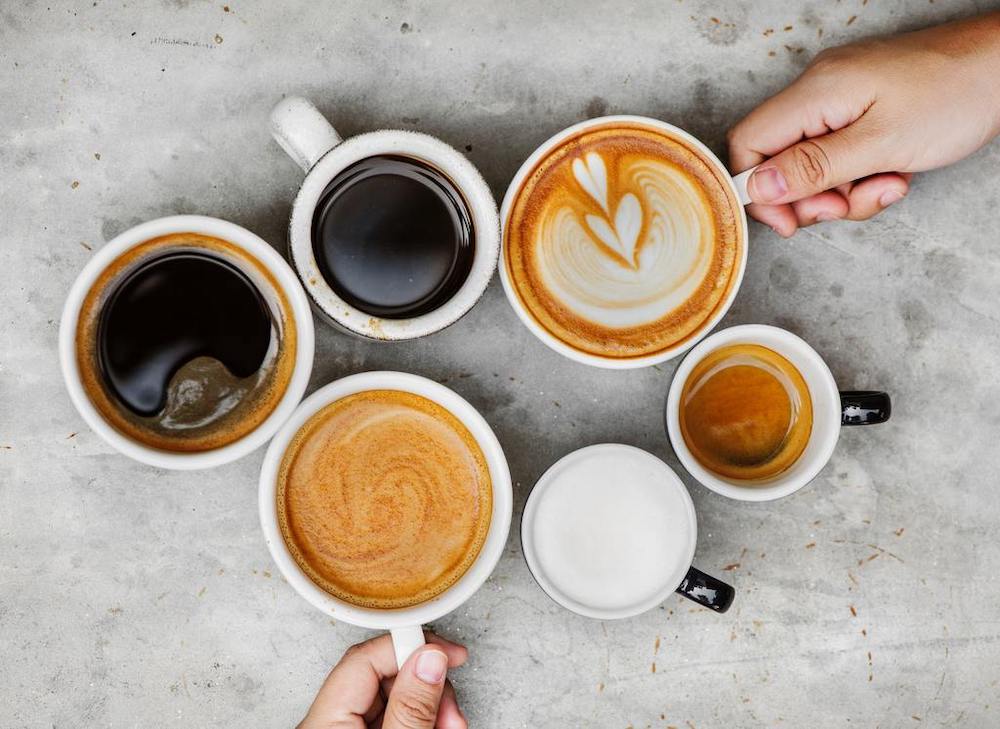
Timing & Convenience
The next thing to consider when choosing between these two methods will be how much time you’re willing to spend brewing and preparing your coffee, and how automated and convenient you want your brewing process to be.
A French press takes up to ten minutes to brew, especially if you’re grinding your own beans. It requires focus and attention, so you won’t be able to get ready for work or make breakfast while you’re making it.
Although it depends on which espresso machine you buy, the brewing process for espresso usually only takes a minute or two. Some machines can even be scheduled to grind your beans, brew your espresso, and steam milk for a mixed drink to be ready when you wake up.
The French press is definitely more time-intensive and less automated, so consider this when choosing which method to use.
The Cost Factor
Both methods use regular coffee beans ground to different sizes, but while the cost of the coffee remains the same, the cost of equipment will vary quite a bit.
A French press coffee maker will normally cost under $50 and will require no maintenance at all. They require a very small upfront cost and little time cost in maintenance and cleaning over time.
An espresso machine, on the other hand, normally costs over $100 and can easily cost many hundreds or even thousands of dollars more depending on how much automation or control you want over how your espresso tastes. They also require maintenance regularly, and the cost of this can add up as well.

Which is Right for You?
Ultimately, this is a question you’ll need to answer yourself based on the above differences! A French press can make large quantities and requires very little cost and no maintenance. However, these can only make regular coffee, so you’re out of luck if you’re in the mood for a mixed coffee drink.
Espresso machines make one or two shots of espresso at a time, and they can be extremely costly both upfront and over time when you consider maintenance and proper cleaning. The upside is that they can make dozens of different coffee drinks.
You should now have a good idea of which method suits you and your lifestyle best, so go get to brewing!
STILL LOOKING?






